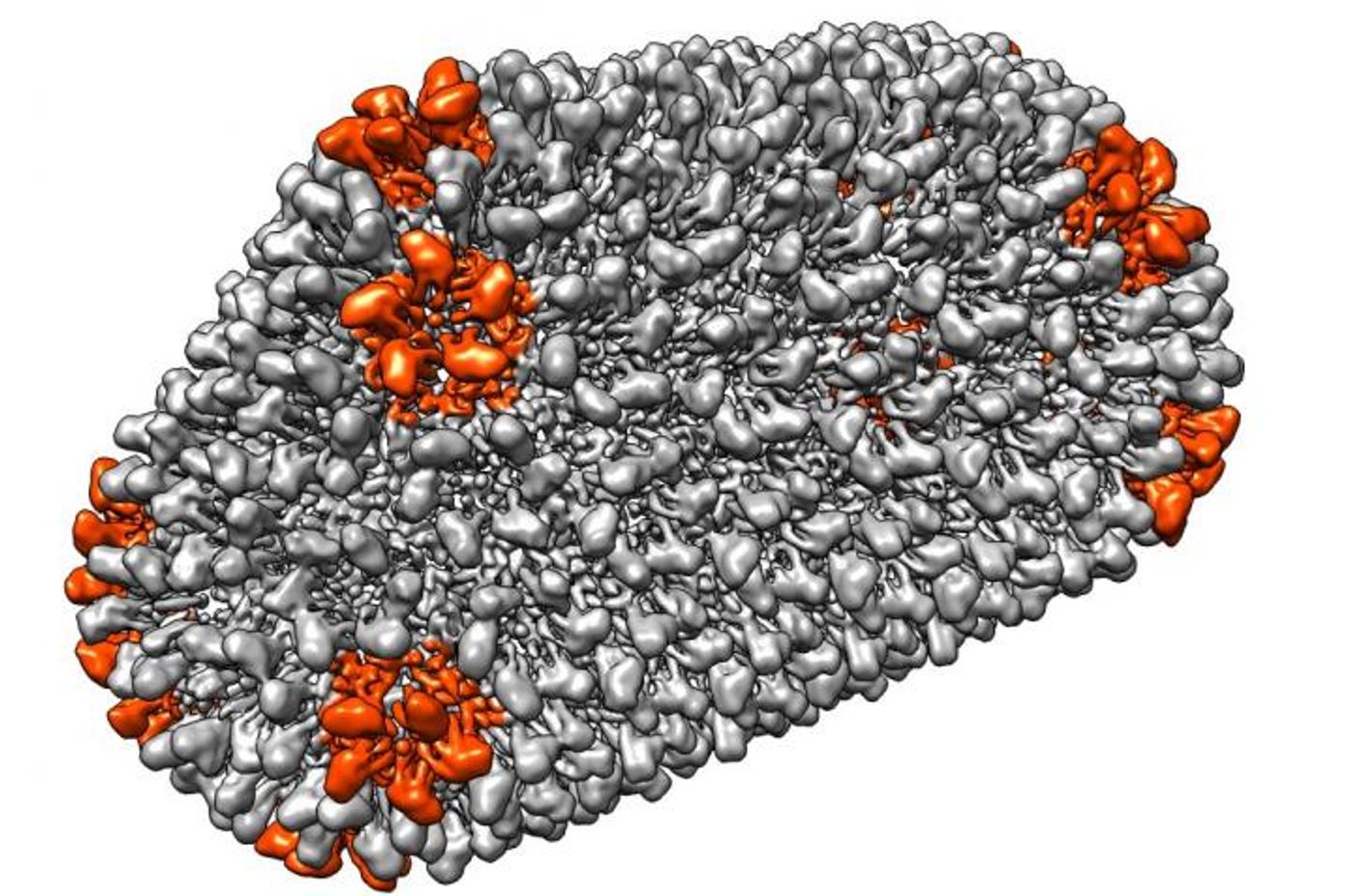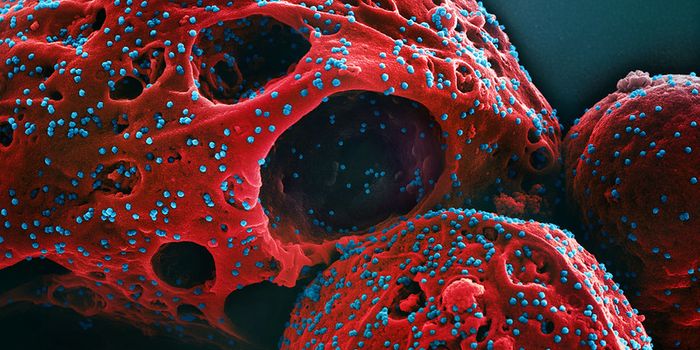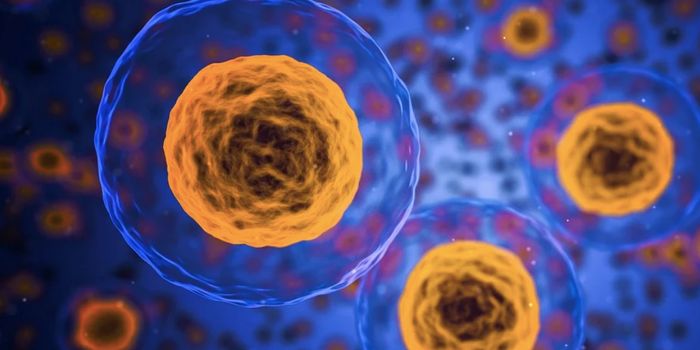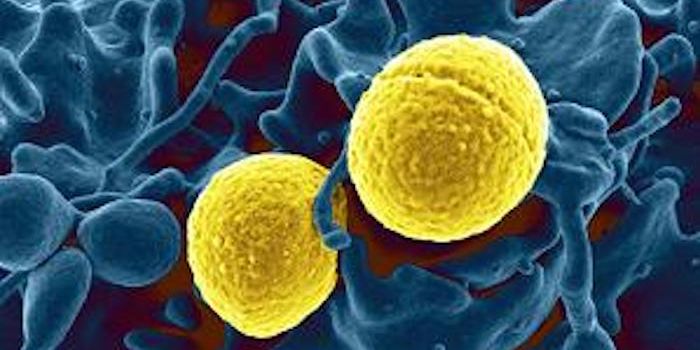How a Retrovirus Can Turn Infectious
For most viruses we're familiar with, the goal is to infect a host cell because they can't survive to produce more viral particles without one. Some viruses are extremely efficient at penetrating host cells and taking over their machinery to churn out more viruses and infect more cells. To defeat viruses, researchers have to learn as much as possible about their biology.
"If you want to know the enemy, you have to know all its friends," said Martin Obr, Ph.D., a postdoctoral researcher with the Schur group at IST Austria. Obr and colleagues study a virus called the Rous sarcoma virus, which infects poultry and is a retrovirus in the same family as HIV. Reporting in Nature Communications, the researchers have identified a small molecule that's involved in retrovirus assembly.
Viral particles have to undergo some alterations before they're ready to infect more cells. New viral particles are non-infectious as they bud off from the host cell. These particles generate a shell called a capsid that protects their genetic material and makes the virus infectious. Capsids are made up of proteins, in the case of Rous sarcoma virus, that are organized as hexameters and pentamers. IP6 is a small molecule that is critical to stabilizing this protein shell.
"It is a long way from an infected cell to the mature virus particle that can infect another cell," explained first study author Obr.
"If the protective shell is not stable, the genetic information of the virus could be released prematurely and will be destroyed, but if it's too stable the genome can't exit at all and, therefore, becomes useless," said Assistant Professor Florian Schur.
Previous work by this group has indicated that IP6 is involved in the assembly of HIV. This work shows it's important to other retroviruses as well.
"When building a car, you have all these big metal parts, like the hood, the roof, and the doors; the screws are connecting everything. In our case, the big parts are the capsid proteins and the IP6 molecules are the screws," Obr noted.
With cryo-electron tomography, the researchers visualized the variations in the capsid shapes. "Now we ask ourselves: Why does the virus change the shape of its capsid? What is it adapting to?" said Obr.
These differences may change the pathogenicity of a virus. "Whatever happens, happens for a reason but there is no clear answer yet," added Schur.
Sources: AAAS/Eurekalert! via IST Austria, Nature Communications









